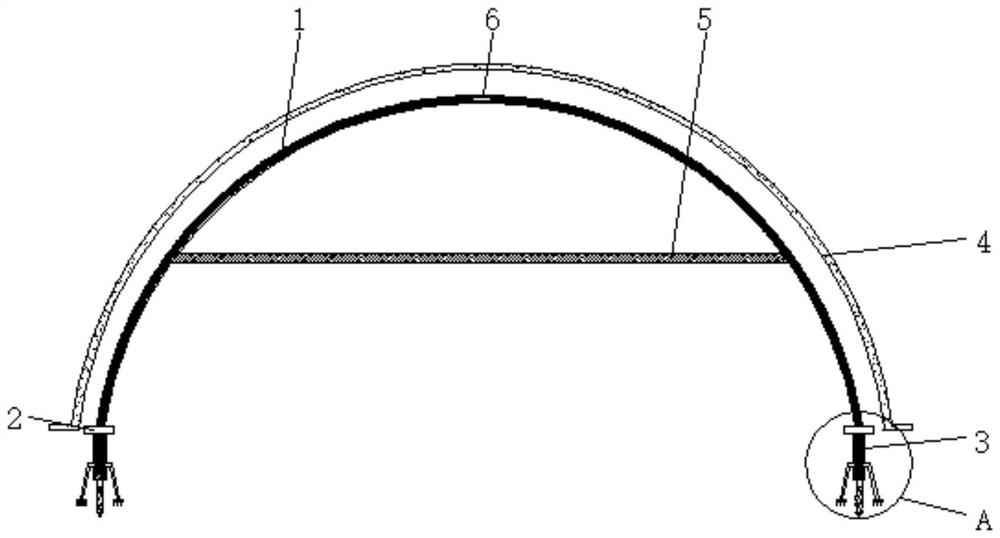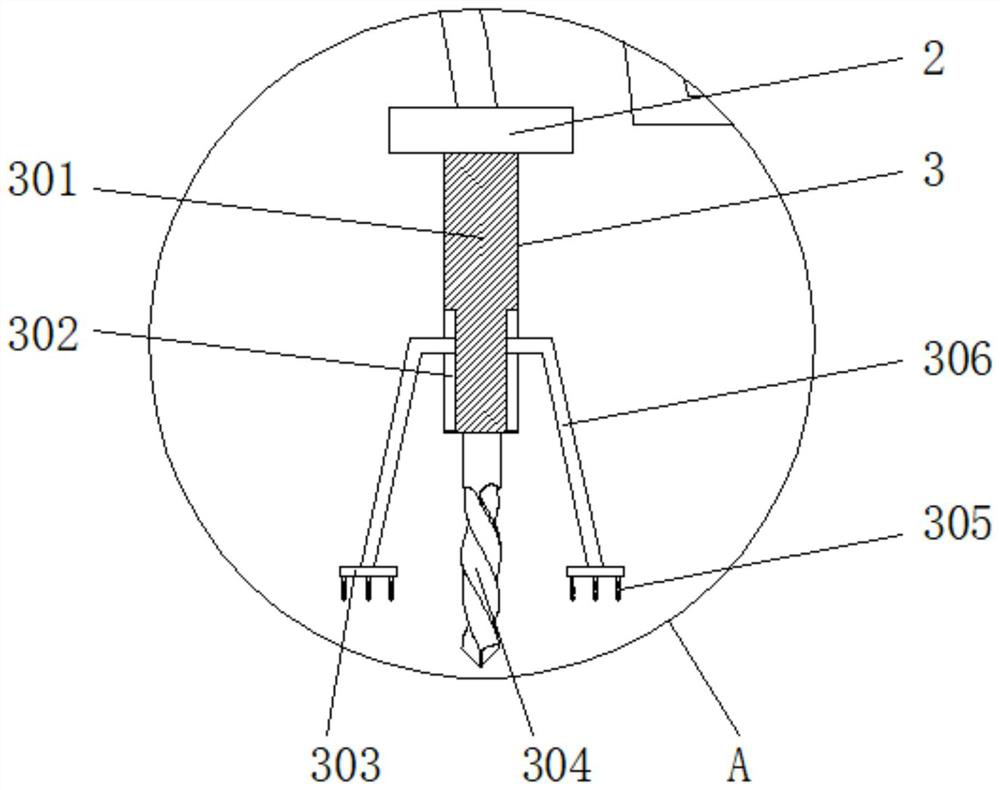Field standardized breeding method for ranunculus japonica in Huang-Huai-Hai basin
A ranunculus and watershed technology is applied in the field of standardized breeding of ranunculus in the Huanghuaihai Basin, which can solve problems such as difficulty in breeding ranunculus, and achieve the effects of improving moisturizing performance, improving thermal insulation performance and facilitating disassembly.
- Summary
- Abstract
- Description
- Claims
- Application Information
AI Technical Summary
Problems solved by technology
Method used
Image
Examples
Embodiment 1
[0049] The standardized breeding of ranunculus in Jining area, the steps are as follows:
[0050] 1. Start sowing seedlings on October 15, remove the sundries from the fertile garden soil or sandy loam soil, and sieve it for later use. Mix the sieved fine soil and ranunculus seeds in a ratio of 3:1. Fertilize the soil before planting: choose open-air, sunny, loose, fertile and well-drained sandy or slightly sticky soil as the planting site, with a pH of 7.5-8.0. Spread 30kg of refined organic fertilizer and 30kg / 666.7m of ternary compound fertilizer 2 , plow 20cm deep and make a furrow. The width of the furrow is 1.2m.
[0051] 2. After the surface of the border has been infiltrated, the ranunculus seeds mixed with soil are evenly spread on the seedbed, and then covered with a layer of 0.2-0.3 cm thick sieved fine soil and scraped;
[0052] 3. Immediately build a small shed;
[0053] 4. Seedbed management: Pay attention to the temperature and humidity changes in the shed. ...
Embodiment 2
[0060] In order to explore the impact of sowing timing on germination rate and seedling condition, based on the steps of Example 1, a single factor test was done to change different sowing times. From August 26 to November 11, due to the relatively high temperature in August and September If the temperature is high, it needs to be covered with straw mats to cool down; observe the germination and the growth of the seedlings, and the results are shown in Table 1.
[0061] Table 1 The germination and seedling condition of ranunculus at different sowing times
[0062]
[0063] The above data show that in the Huanghuaihai region, the best sowing time is from mid-September to mid-October, when the average germination rate is above 85%. The temperature is suitable, and there is no need to add straw mats to cool down.
Embodiment 3
[0065] The used small shed of the present invention is special, has replaced traditional greenhouse, specifically as follows:
[0066] The small arched shed of Embodiment 1 includes an arched scaffold 1, the two ends of the bottom end of the arched scaffolding 1 are fixedly connected with a connecting block 2, and the bottom end of the connecting block 2 is provided with a stabilizing mechanism 3, and the stabilizing mechanism 3 includes a fixed rod 301, and the fixed rod 301 Fixedly connected to the bottom end of the connecting block 2, both sides of the inner bottom of the fixed rod 301 are provided with chute 302, the inside of the chute 302 is slidably connected to the connecting rod 306, and the bottom end of the connecting rod 306 is fixedly connected to the mounting block 303, The bottom end of the mounting block 303 is evenly fixedly connected with the second insertion rod 305, and the second insertion rod 305 is provided with three groups, and the distance between the ...
PUM
 Login to View More
Login to View More Abstract
Description
Claims
Application Information
 Login to View More
Login to View More - R&D
- Intellectual Property
- Life Sciences
- Materials
- Tech Scout
- Unparalleled Data Quality
- Higher Quality Content
- 60% Fewer Hallucinations
Browse by: Latest US Patents, China's latest patents, Technical Efficacy Thesaurus, Application Domain, Technology Topic, Popular Technical Reports.
© 2025 PatSnap. All rights reserved.Legal|Privacy policy|Modern Slavery Act Transparency Statement|Sitemap|About US| Contact US: help@patsnap.com



